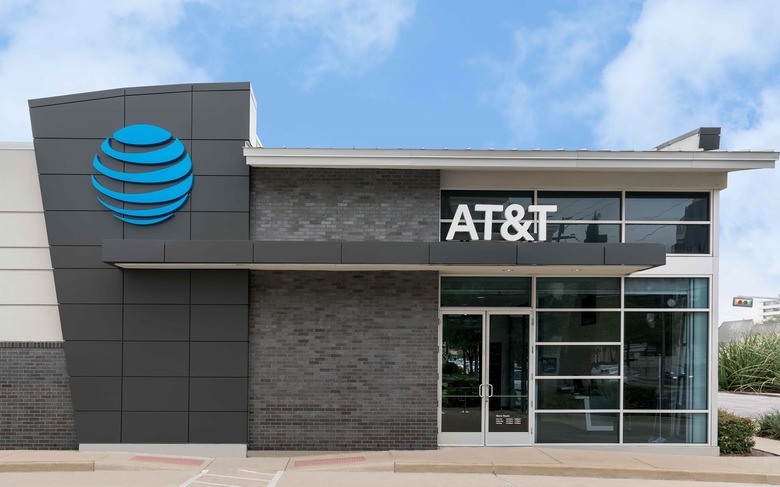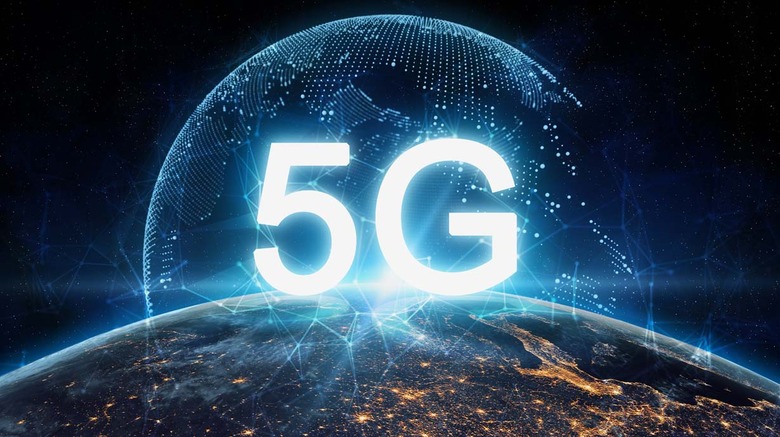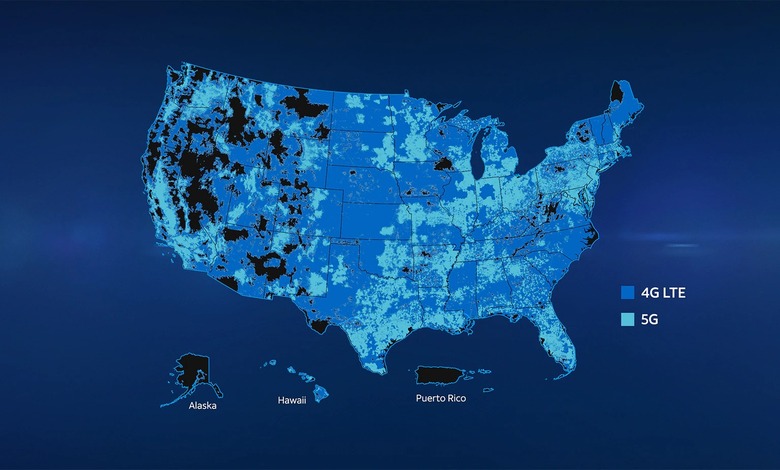AT&T 5G: What You Need To Know About AT&T's 5G Network
5G networks are coming, whether you're going to use them or not. A few short years ago, 5G was nothing but a buzzword — but these days, 5G networks are relatively widespread, available, and...not incredibly fast yet. AT&T and Verizon were both quick to deploy 5G networks, but both started with the ultra-fast, but extremely unreliable millimeter-wave networks.
These days, 5G networks rely largely on Sub-6 technology, which allows them to offer nationwide connectivity that's about as fast as LTE networks were. But much faster networks are coming — and soon.
Are you an AT&T customer that wants to know more about the carrier's growing network? Here's everything you need to know.
What is 5G anyway?
5G is the latest generation of network technology, aiming to offer even better connectivity and lower latency than the best 4G LTE networks out there.
The term "5G," however, actually refers to a few different technologies. 5G networks exist across many different frequency bands. Lower radio waves can travel further, but can't carry as much data — while higher radio waves can't really travel or penetrate obstacles, but offer much faster connections. 5G networks will use all different frequencies, with higher frequency networks mostly found in more densely populated areas.
5G networks have now been rolling out for a few years, and in general, are pretty widely available. That doesn't mean that they'll be much better than 4G networks just yet — but at least you should be able to connect to them.
AT&T's 5G network
Depending on who you ask, either AT&T or Verizon were the first to begin rolling out their 5G networks. Both of those companies, however, started with ultra-fast mmWave networks that weren't super reliable and were difficult to access. Since then, however, AT&T has seriously improved on its 5G network, building out a relatively robust Sub-6GHz network. Here's everything you need to know.
Sub-6
AT&T first lit up its Sub-6 5G network in mid-2021. While its low-band network still isn't as built out as its 4G network, it is growing — and if you live in a relatively densely populated area, chances are you'll be able to access AT&T's 5G network.
Mid-Band
Technically, Mid-Band frequencies are still "Sub-6GHz," but AT&T is specifically deploying its Mid-Band networks separately to its low-band networks. After months of delays, AT&T has finally deployed its mid-band network — but only in some cities. Mid-band 5G is considered the key to unlocking the dreams of 5G, thanks to the fact that it can cover larger geographic areas with fast connectivity. The cities where AT&T C-Band 5G can be found are below.
- Dallas/Fort Worth
- Houston
- Austin
- Chicago
- Detroit
- Jacksonville
- Orlando
- Miami
You'll need a compatible phone to take advantage of these new networks. Compatible phones include the iPhone 12 or later, the Galaxy A21 series, the Galaxy Z Fold 3 and Z Flip 3, and the Pixel 6 series. More phones will undoubtedly launch that support the new networks.
mmWave
AT&T first started its 5G rollout with mmWave, but those ultra-fast networks still aren't very available, and you can really only access them in city centers.
As mentioned, mmWave connections offer super fast data speeds (sometimes up to multiple gigabits per second), but can't travel very far or penetrate obstacles. That means that to create a decent mmWave network, carriers have to deploy many of these connection points.
AT&T calls its mmWave network 5G+. Head here for a full list of AT&T 5G+ cities.
AT&T's 5G plans
So what's next for AT&T's 5G network? Well, over time, it will continue to transition 4G networks to 5G. But the big plans have more to do with mid-band, or C-Band networks. AT&T says it plans to begin deploying those networks in a few weeks, and hopes to cover 70 to 75 million people with it by the end of 2022, and 200 million by the end of 2023.
5GE
There is, however, one aspect of AT&T's 5G network that you can completely ignore — 5GE. 5GE stands for "5G Evolution," and essentially refers to AT&T's best 4G networks. It's a misleading name, and if you see it on your phone, it basically means that you're connected to a 4G LTE network.


